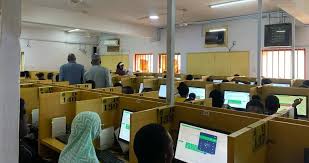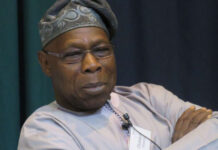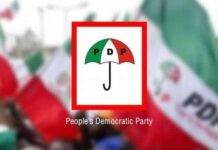The recent reversal of the Federal Government of Nigeria’s directive prohibiting candidates under the age of 18 from gaining admission into tertiary institutions has sparked discussions across the country. This change, announced by Prof. Tahir Mamman,
The Minister of Education, comes after initial concerns about the suitability of underaged students for higher education. The reconsideration underscores the complexities of aligning education policies with global standards while addressing systemic challenges, such as low literacy rates.

Nigeria’s 6-3-3-4 education system, encompassing six years of primary education, three years each of lower and upper secondary education, and four years of tertiary education, provides a framework that aligns with international norms. However, despite this alignment, the nation grapples with a literacy rate of just 59.57 percent, indicating a disconnect between policy framework and effective implementation.
The journey into understanding Nigeria’s education landscape and its global standing reveals critical insights. By comparing the Nigerian education system with those of countries known for their high literacy rates, such as Finland, the United Kingdom, the Netherlands, as well as other African nations like Seychelles, South Africa, and Libya, various aspects surface, shedding light on the challenges and potential solutions.
In many high-literacy-rate countries, such as Finland and the Netherlands, education is characterized by inclusive policies, early childhood interventions, and a strong emphasis on teacher quality. These nations prioritize comprehensive educational reforms, frequently investing in teacher training, infrastructure, and curriculum updates to ensure relevance in the modern context.
Conversely, in Nigeria, inadequate funding, poor infrastructure, and a lack of qualified teachers pose significant hurdles to achieving the desired educational outcomes. The World Bank’s data that Nigeria spends only 5.6 percent of its GDP on education, below the global average of 4.8 percent, reveals a clear gap in resource allocation. This deficiency affects school infrastructure, teaching quality, and the overall learning experience for students.
From a global perspective, the evolving education landscape requires innovative solutions to address these challenges. While increased government funding and infrastructure improvement are critical, embracing digital learning tools, investing in teacher professional development, and overhauling the curriculum to meet the demands of the 21st century are equally important aspects for reform.
Organizations like the Lion Reach Educational Foundation are exemplars in this regard, as they champion capacity building, infrastructure development, and consultancy services to improve the state of education in Nigeria. Such initiatives underscore the collective efforts required to bring about substantial changes in the education sector.
In light of these insights, the reversal of the directive on tertiary admission age by the Nigerian government raises broader questions about the systemic reforms needed to ensure that the alignment with global educational standards translates into tangible improvements in literacy rates and overall educational outcomes. It underscores the imperative of comprehensive reforms that address funding, infrastructure, teacher quality, and curriculum relevance to foster a more robust and equitable education system in Nigeria.
The complexities within Nigeria’s education system demand multifaceted solutions that draw inspiration from successful global models while addressing the country’s unique challenges. By critically examining the complexities and drawing insights from global comparisons, the path to comprehensive educational reform in Nigeria becomes clearer, paving the way for a more inclusive, accessible, and quality-driven system that nurtures the potential of all its students.




